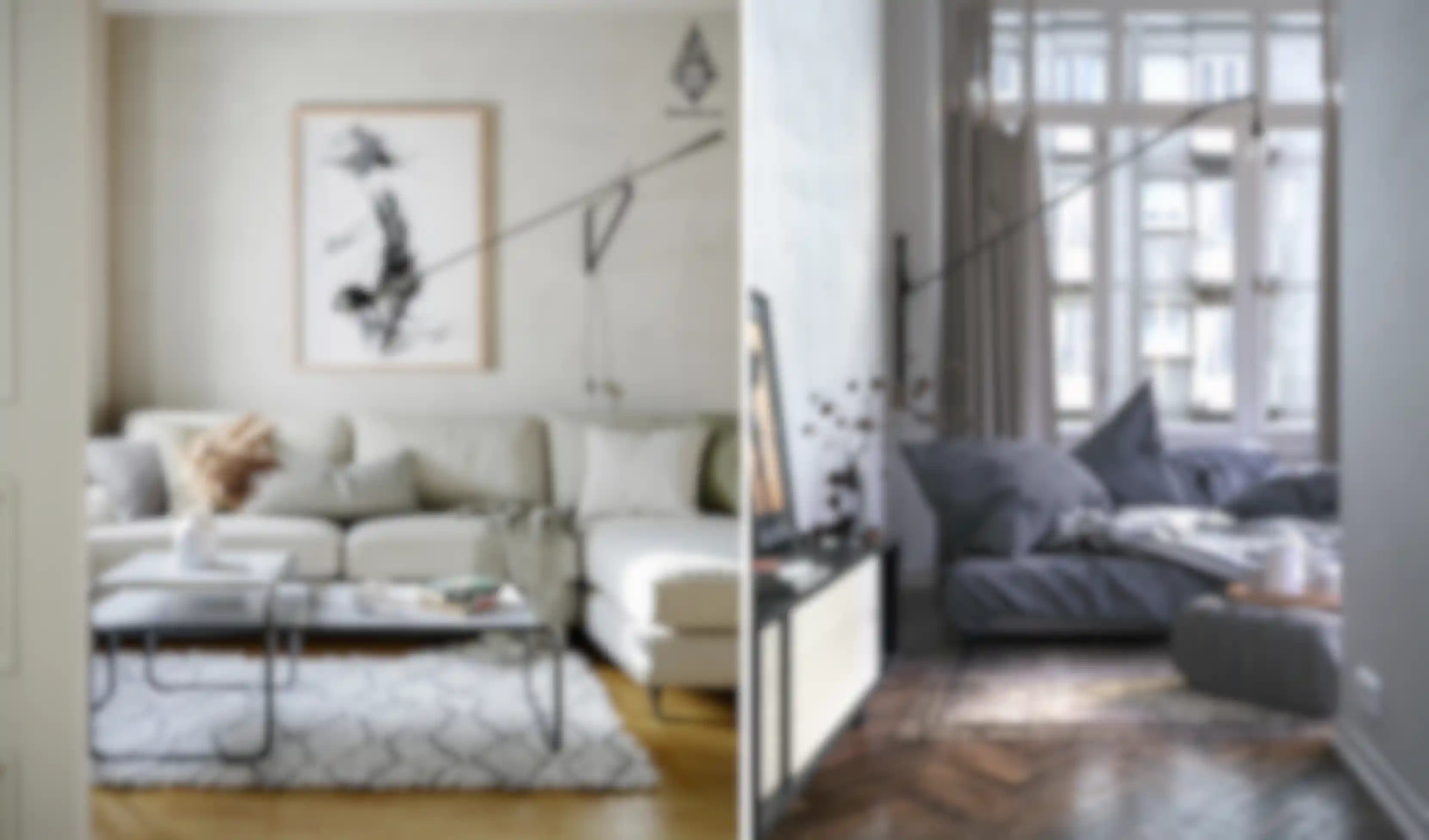
Esplorando l’Arte Fotorealistica di Dušan Vukčevič Ricreare la realtà: ecco come Dušan Vukčevič unisce Cinema 4D e ZBrush per immagini straordinarie.
Dušan Vukčevič è noto per il suo eccellente lavoro di artista 3D con un background nell’illustrazione e nell'animazione architettonica. Le produzioni fotorealistiche di Dušan, che siano immagini o animazioni, mostrano la sua padronanza di Cinema 4D, ZBrush e altro ancora. In questa intervista esploriamo il suo processo creativo e l'ispirazione del suo ultimo progetto “The Lifer”.
Parlaci di te e del tuo attuale lavoro.
Dušan Vukčevič: Mi chiamo Dušan Vukčevič e vivo in un piccolo villaggio della Slovenia. Sono un artista 3D autodidatta con oltre 20 anni di esperienza nel settore della computer grafica. Sono specializzato in rappresentazioni architettoniche, render di prodotti e animazione, con un particolare interesse per il fotorealismo. Insegno anche 3D part-time in diverse scuole, conduco workshop e presentazioni e creo tutorial. Per ulteriori informazioni, visitate il mio Patreon.

La mia passione per i dettagli, il design e il fotorealismo mi ha spinto a creare numerosi progetti personali, molti dei quali sono stati premiati e pubblicati su libri e riviste.
Come sei diventato un artista in questo campo?

Vukčevič: Ho studiato economia e ho lavorato come contabile. Nel tempo libero progettavo siti web. Ho iniziato a creare animazioni in 2D ma poi ho provato a lavorare con un programma 3D e mi sono subito innamorato. Ho deciso di lasciare il lavoro per seguire la mia passione. Ho lavorato in alcuni studi, occupandomi soprattutto di motion design, prima di diventare freelancer.
Mi ha sempre affascinato il fatto di poter replicare ambienti reali utilizzando un programma per computer. Il fotorealismo è diventato la mia ossessione. La maggior parte dei render realistici che vedevo all'epoca erano legati all'architettura, così ho fatto un tentativo e mi sono rapidamente appassionato di architettura, interior design e illustrazione architettonica. Ora faccio un po' di tutto. Lavoro con uno studio di Minneapolis in Minnesota, chiamato Humdinger.
Raccontaci di come affronti i progetti a cui lavori.
Vukčevič: La maggior parte delle volte inizio i progetti personali senza dei chiari obiettivi. Apro Cinema 4D e inizio a creare. Non c'è uno storyboard o una mood board: sposto le cose finché non mi viene un'idea. All'inizio l’idea è approssimativa, ma spesso ne fa nascere un'altra, quindi continuo. Dedico molto tempo ai dettagli. La maggior parte delle persone probabilmente non li nota nemmeno, ma io adoro aggiungerli. Le imperfezioni presenti nella scena 3D aumentano il realismo dell'immagine.

Illustraci il tuo workflow tipico tra i software per la creazione di un'opera come “Letters”?
Vukčevič: Il mio progetto “Letters” è ispirato dalla fotografia di Sean Dalton. Ho amato così tanto una delle sue foto che ho voluto ricrearla in 3D. Non una copia esatta, ma qualcosa di simile. Ho cercato soprattutto di catturare l'atmosfera della fotografia. Si può imparare molto replicando la vita reale.

Inizio usando oggetti primitivi in Cinema 4D per creare una composizione di base. Poi aggiungo le luci cercando di trovare qualcosa di interessante. Quando sono soddisfatto di un render di prova, inizio a modellare i dettagli e a texturizzare. Questo processo mi ricorda la scultura tradizionale: si inizia con una forma grezza e la si affina gradualmente, aggiungendo sempre più dettagli. Faccio tutta la modellazione in C4D, lo sculpting in ZBrush, lo shading e il rendering con Redshift.

Parlaci di come il film del 2020 “The Night House” ha influenzato il tuo ultimo progetto “The Lifer”.
Vukčevič: Adoro i film horror, quelli con una bella fotografia, e mi piace vedere un bel design architettonico e d’interni in un film. Uno di questi è “The Night House”. Dopo aver visto il film mi è venuta l'ispirazione. All'epoca però non sapevo esattamente cosa.
Anche in questo caso, mi sono semplicemente messo al computer e ho iniziato a lavorare. I riferimenti diretti al film sono gli alberi al vento, le grandi finestre e i libri. A un certo punto ho sostituito i libri con i dischi. La cosa principale che volevo catturare era la sensazione che ho provato guardando il film. Mentre lavoravo ascoltavo la straordinaria colonna sonora che mi ha aiutato a creare l'atmosfera giusta.

Quali strumenti Red Giant utilizzi nel tuo lavoro?
Vukčevič: Mi piace usare Magic Bullet Looks di Red Giant. A volte lo uso in Cinema 4D, ma soprattutto in After Effects. Lo sfrutto per la correzione colore di base, come il bilanciamento del colore, le curve e il contrasto. Mi piace renderizzare le animazioni con un numero elevato di campioni, per far sì che siano prive di disturbo. Lo aggiungo in seguito utilizzando Renoiser. Questo strumento produce un disturbo più uniforme e naturale, simile a quello presente nelle immagini e nei video ripresi con una fotocamera. Anche in questo caso, tutti i piccoli dettagli contano.
In che modo Cinema 4D migliora il tuo workflow e il tuo stile artistico?
Vukčevič: I programmi 3D sono molto complessi: non puoi sapere come usare ogni funzione e strumento. Devi imparare cose nuove ogni giorno, anche se li usi da molti anni come me. Il più delle volte devo imparare alcune cose al volo per determinati progetti, e C4D è ottimo per questo. È molto intuitivo e riesco a capire rapidamente come funziona qualcosa. Quando utilizzo Cinema 4D, il flusso creativo non viene interrotto da difficoltà tecniche.

A cosa stai lavorando al momento?
Vukčevič: Lavoro sempre a vari progetti personali, passando da uno all'altro a seconda del mio umore. Cerco di migliorare in quello che faccio, ampliando costantemente le mie conoscenze, provando nuovi strumenti e tecniche per essere pronto per i progetti dei clienti. Di recente ho iniziato a scolpire di più in ZBrush e a far pratica con animazioni e simulazioni più complesse.
Lewis McGregor è un filmmaker e scrittore freelance del Galles.